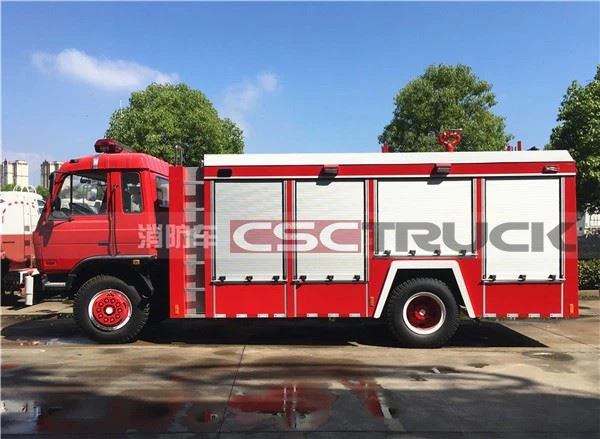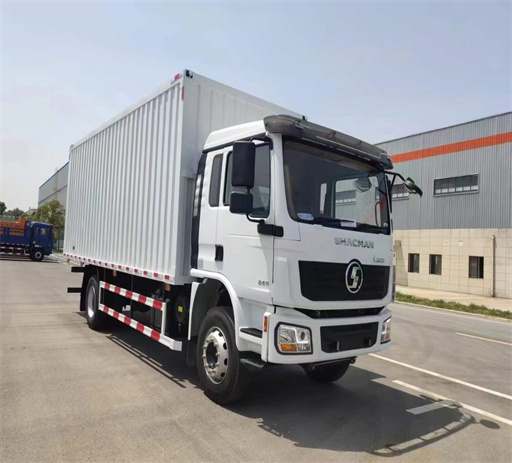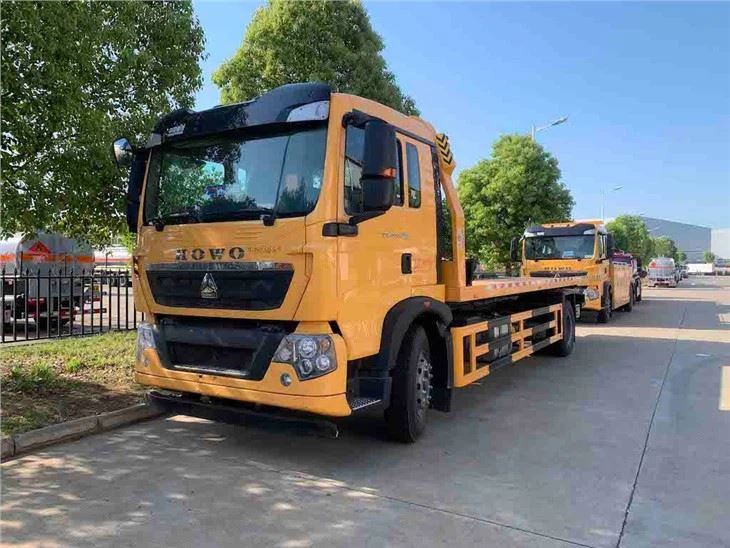Understanding the Semi Gas Tank: A Comprehensive Guide

Introduction
The semi gas tank, often referred to as a truck fuel tank, is a crucial component in the transportation industry. It holds the fuel necessary for powering semi-trucks, ensuring that these massive vehicles can traverse long distances efficiently. With a variety of designs, sizes, and materials available, understanding the ins and outs of semi gas tanks is essential for drivers, fleet owners, and those interested in the trucking industry. This comprehensive article delves into the types, features, maintenance, regulations, and more related to semi gas tanks, providing you with all the knowledge you need.
1. Types of Semi Gas Tanks
1.1. Aluminum Tanks
Aluminum tanks are popular due to their lightweight and corrosion-resistant properties. They are often used in long-haul applications, as they help reduce the overall weight of the truck, improving fuel efficiency.

1.2. Steel Tanks
Steel tanks tend to be heavier and more durable, making them suitable for rugged applications. They can withstand harsher conditions but are more susceptible to rust if not properly maintained.
1.3. Composite Tanks
Composite tanks are made from a combination of materials, usually featuring a plastic liner with a protective coating. This design offers benefits such as increased longevity and reduced weight, making them an attractive option for modern fleets.
2. Semi Gas Tank Sizes
Semi gas tanks come in various sizes to accommodate different trucking needs. Understanding these sizes is essential for selecting the right tank for your vehicle. Here are some common sizes:
| Size (Gallons) | Usage |
|---|---|
| 50 | Regional Hauling |
| 100 | Short Haul |
| 150 | Long Haul |
3. Key Features of Semi Gas Tanks
3.1. Fuel Capacity
Fuel capacity is one of the most critical features of a semi gas tank. High-capacity tanks allow for longer travel distances without frequent refueling stops.
3.2. Shape and Design
Most semi gas tanks are cylindrical, but the design can vary depending on the truck model. A streamlined design may aid in aerodynamics, improving fuel efficiency.
3.3. Baffling
Baffling prevents fuel from sloshing around, which can affect handling and stability, especially during sharp turns or sudden stops. Many modern tanks come with built-in baffling for this reason.
4. Installation and Maintenance of Semi Gas Tanks
4.1. Installation Process

Installing a semi gas tank involves several steps:
- Ensure compatibility with the truck make and model.
- Secure the appropriate brackets and straps.
- Connect fuel lines and ensure there are no leaks.
- Test the system by filling the tank and checking for proper fuel flow.
4.2. Routine Maintenance
Maintaining your semi gas tank is vital for performance and safety. Regular checks for leaks, corrosion, and damage are essential. Here are some tips:
- Inspect the tank and connections at least once a month.
- Keep the exterior clean to prevent rust formation.
- Monitor fuel levels to prevent contamination and sediment buildup.
5. Regulations and Compliance
Different states have specific regulations regarding the size and operation of semi gas tanks. It’s crucial to be informed about these to ensure compliance. Federal Motor Carrier Safety Administration (FMCSA) also has guidelines regarding tank capacity and safety.
5.1. DOT Compliance
The Department of Transportation requires that all fuel tanks meet certain safety standards. These standards ensure that tanks can withstand accidents and adverse conditions without leaking fuel.
5.2. Environmental Considerations
Proper maintenance and adherence to regulations also minimize environmental impact. Spills and leaks can have severe consequences, leading to fines and environmental cleanup costs.
6. Fueling Strategies for Long-Distance Hauls
6.1. Route Planning
Effective route planning takes into account fuel stops. By knowing where fueling stations are located along the route, drivers can avoid running out of fuel.
6.2. Load Management
Managing the load helps in optimizing fuel consumption. A balanced load ensures that the truck runs smoothly, maximizing the efficiency of the fuel being used.
7. Cost Considerations of Semi Gas Tanks
7.1. Initial Investment
The cost of semi gas tanks varies based on material, size, and brand. Aluminum tanks tend to be more expensive upfront but can save money through reduced fuel costs over time.
7.2. Long-Term Maintenance Costs
While steel tanks may have lower initial costs, they can require more maintenance, which could lead to higher long-term expenses. Consider the total cost of ownership when selecting a tank.
8. Practical Examples of Semi Gas Tank Usage
8.1. Case Study: Long-Haul Trucking Company
A long-haul trucking company switched from steel tanks to aluminum due to weight savings and improved fuel efficiency, resulting in decreased fuel costs by approximately 10% over the first year.
8.2. Case Study: Regional Delivery Service
A regional delivery service optimized its route and used smaller 50-gallon tanks for urban operations, allowing for frequent refueling and less downtime.
9. Frequently Asked Questions (FAQs)
9.1. What is the average lifespan of a semi gas tank?
The average lifespan of a semi gas tank can range from 10 to 20 years, depending on the material and maintenance provided.
9.2. Are there different types of gas for semi-trucks?
Yes, semi-trucks typically use diesel fuel, which is different from regular gasoline used in passenger vehicles.
9.3. How can I check for leaks in my gas tank?
Inspect the tank visually for any signs of fuel leakage and check connections for proper sealing. You can also look for fuel stains or wet spots under the tank.
9.4. Can I modify the size of my semi gas tank?
Yes, modifications can be made, but you must ensure the new tank complies with regulations and fits within the truck’s specifications.

9.5. What should I do in case of a fuel spill?
In the event of a fuel spill, it’s crucial to contain the area, report it to the appropriate authorities, and follow environmental regulations for cleanup.
9.6. How often should I replace my semi gas tank?
Replace your semi gas tank if you notice significant rust, leaks, or if it fails inspection. Regular maintenance can help prolong its life.
